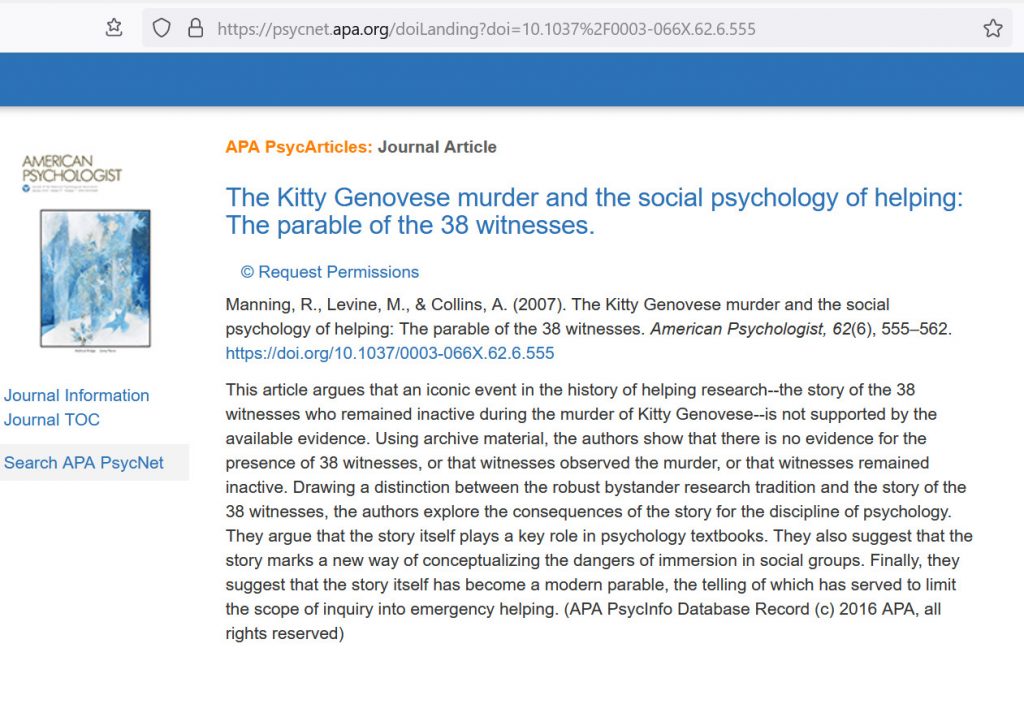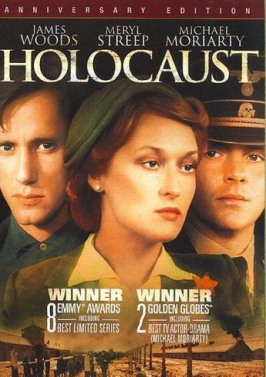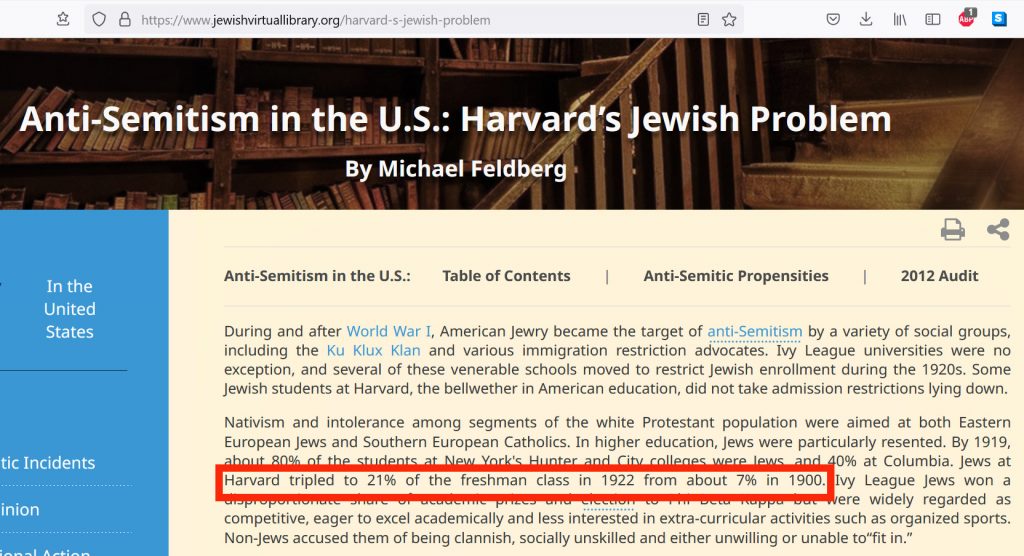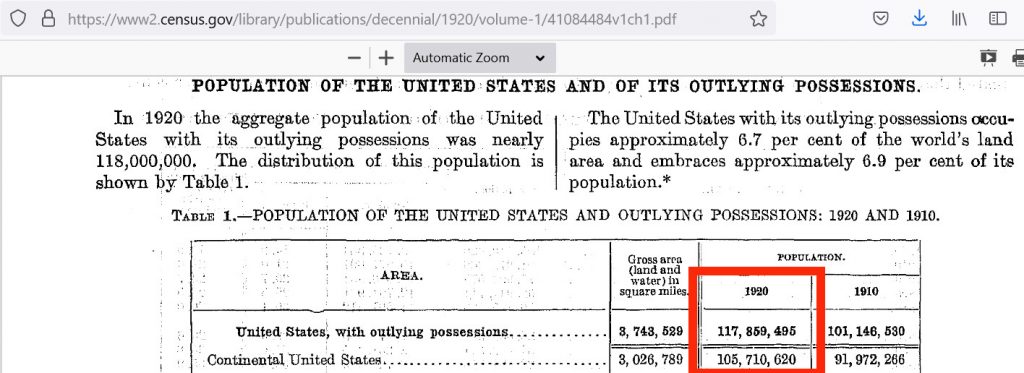With President Biden invoking Armageddon and the United States embroiled in a hot proxy war with Russia, the other major nuclear superpower, in the Ukraine, the lessons of Vietnam may be especially relevant today. The Fog of War is a 2003 video documentary on the career of former US Secretary of Defense Robert McNamara (1916-2009) primarily focusing on the Vietnam War in which 58,220 Americans and many more Vietnamese, Cambodians, and Laotians perished. The war had a reported cost of $168 billion in 1960’s dollars ($950 billion in 2011 dollars). McNamara was Secretary of Defense under Presidents Kennedy and Johnson from 1961 to 1968. He has been widely criticized for his leadership of the war effort. It is sometimes presented as a mea culpa by McNamara.
The documentary is essentially an interview with McNamara, eighty-seven (87) at the time, interspersed with historical news footage that sometimes contradicts McNamara’s often opaque — one might say foggy — answers. In many respects it seems like a non-apology apology in which McNamara makes hazy statements that in fact avoid responsibility, passing the buck repeatedly to his former boss Curtis LeMay, President Johnson, unnamed subordinates (for the decision to use the Agent Orange “herbicide” in Vietnam), and others while sounding deeply but vaguely concerned about his fellow man. It is structured as a self-help video for future generations with eleven lessons from McNamara — all the sort of general mostly feel-good platitudes common in self help materials: e.g. “Empathize with your enemies” — a touchy-feely variant of the old standby “Know your enemies.”
At no point does McNamara say something like: ” I made decision X. In retrospect it was a bad decision and I regret it.” In discussing the controversy over Agent Orange, he says some people think the chemical was dangerous, implies someone else made the decision to use it, says he cannot recall who made the decision, and expresses vague concern, not really regret, that it was used during his tenure as Secretary of Defense. He does not discuss the taboo on use of chemical weapons in warfare that grew out of their use in World War I, a taboo that even Nazi Germany which had developed nerve gases far deadlier than the weapons used in WWI obeyed during WW2. Surely there should have been a cabinet level review — with the President and Secretary of Defense (McNamara) involved — of any decision to use a chemical weapon.
Good Cop, Bad Cop?
Good cop/bad cop is a psychological tactic used in negotiation and interrogation, in which a team of two people take opposing approaches interrogating their subject. One interrogator adopts a hostile or accusatory demeanor, emphasizing threats of punishment, while the other adopts a more sympathetic demeanor, emphasizing reward, in order to convince the subject to cooperate.
The “bad cop” takes an aggressive, negative stance towards the subject, making blatant accusations, derogatory comments, threats, and in general creating antipathy with the subject. This sets the stage for the “good cop” to act sympathetically, appearing supportive and understanding, and in general showing sympathy for the subject. The good cop defends the subject from the bad cop. The subject may feel able to cooperate with the good cop, either out of trust or out of fear of the bad cop and may then seek protection by the good cop and provide the information the interrogators are seeking. The order can also be reversed. When performed in this manner, the good cop will try to gain a subject’s trust. If that fails, the bad cop will intimidate the subject to make them crack under pressure
https://en.wikipedia.org/wiki/Good_cop/bad_cop
In many respects, McNamara’s interview and the documentary reflect what seems to be the modern liberal Democrat Party line on the Vietnam War — and the more recent Iraq War II. Something like: the Vietnam War was a mistake. Kennedy and Johnson meant well. Nixon didn’t. JFK and LBJ were browbeaten and misinformed into the debacle by hard line and often dishonest military and CIA leaders such as Air Force General Curtis LeMay whom McNamara paints as an ogre, CIA Director Allen Dulles, General William Westmoreland, failed Republican 1964 Presidential candidate Barry Goldwater, and others. Once Nixon became President, the naive ineffective but much smarter and more caring Democrats “woke up” and abandoned the war.
In 1964 Lyndon Johnson ran as a peace candidate against the crazed maniac war Republican war hawk Arizona Senator Barry Goldwater. The documentary has a brief clip of Goldwater stating bluntly that the US is in a war in Vietnam and the administration is lying to the public, which indeed seems to have been true.
In August of 1964, only three months before the Presidential election, there was an alleged series of incidents in the Gulf of Tonkin near Vietnam where the North Vietnamese allegedly “attacked” the US fleet. These attacks seem to have killed or injured no one and caused either no or minimal damage. McNamara discusses the “attacks” assuring the viewers that yes the “attack” on August 2 occurred but the second attack on August 4 was apparently a “mistake” by somebody, not him obviously. Usually the term “attack” brings up thoughts of events like the September 11, 2001 attacks that killed almost 3,000 Americans or Pearl Harbor with 2,403 deaths in 1941.
Nonetheless, President Johnson seized upon the “attacks” and gave a speech to the US population seeming to claim the US was bombing North Vietnam as he was speaking, which would have required the planes to be airborne from their base in the Pacific before the alleged second attack. Not surprisingly Barry Goldwater pointed out the timing problem and was ridiculed. Goldwater would give several speeches during the election campaign questioning the incidents and suggesting a coverup.
In the Fog of War McNamara’s vague assertions about the incident and audio tapes played by the documentary suggest Johnson and McNamara may have been misled by either incompetent or willfully deceptive military officers who sound rather unsure of their own claims. Since 1964, tapes have been released indicating Johnson and McNamara privately had doubts about the incidents, which nonetheless did not delay or moderate the immediate statements to the public or the reported counter-attack, the bombing.
Of course, with no casualties, the President and Secretary of Defense could easily have released a reassuring statement through the Presidential spokesman indicating there had been a possible minor incident with no casualties and the US was investigating to determine what actually happened before responding.
The highly publicized attacks with no casualties increased fears of war during the election campaign and seem to have helped Johnson’s campaign against the right wing hawk Goldwater. Johnson was the good cop and Goldwater the bad cop — whether by design or accident. The Gulf of Tonkin resolution giving the administration a carte blanche for war in Vietnam was passed on August 10, 1964 with strong bipartisan support, not unlike the recent resolution to support Ukraine.
McNamara also seems to use the good cop/bad cop routine in his discussion of the Cuban Missile Crisis with his former boss Curtis Le May as the crazed “bad cop” warmonger planning World War III. By comparison, JFK and McNamara seem reasonable. We are led to think: Thank God Curtis Le May was not in charge. There is no discussion of the convenient timing of the crisis which boosted JFK’s approval ratings dramatically, only weeks before the November, 1962 mid-term elections.
Fog of War or Smokescreen?
Both McNamara’s answers on camera and the documentary emphasize McNamara’s brilliance: a top student before attending Berkeley, an Irish kid atypically outcompeting smart Jewish, Chinese, and Japanese students at Piedmont High School in Piedmont, CA, a top student at Berkeley, attending Harvard business school, a key aide to Curtis Le May during World War II, and whiz kid at Ford before being tapped as Secretary of Defense by JFK. Yet this self-described genius (I think he probably was a genius) repeatedly passes the buck by portraying himself and his boss, tough Texas politician Lyndon Johnson, as naive simpletons repeatedly hoodwinked and even intimidated by subordinates. Who us? We were only in charge!
Lessons for Ukraine?
While the Fog of War’s eleven self-help platitudes are of little practical value in the modern crisis, there is a sobering lesson, not a new one.
Governments, including specifically highly educated, intellectual liberal Democrats who preach peace and brotherly love, frequently lie, blatantly and on serious matters such as war and peace, sometimes just to win the next election — no matter the subsequent costs to the nation or the world. Super smart officials like Robert McNamara lie and are often excellent liars and masters of double talk. They get away with it too; McNamara was rewarded with a Presidential Medal of Freedom and a cushy, highly paid job as President of the World Bank from 1968 to 1981.
(C) 2022 by John F. McGowan, Ph.D.
About Me
John F. McGowan, Ph.D. solves problems using mathematics and mathematical software, including developing gesture recognition for touch devices, video compression and speech recognition technologies. He has extensive experience developing software in C, C++, MATLAB, Python, Visual Basic and many other programming languages. He has been a Visiting Scholar at HP Labs developing computer vision algorithms and software for mobile devices. He has worked as a contractor at NASA Ames Research Center involved in the research and development of image and video processing algorithms and technology. He has published articles on the origin and evolution of life, the exploration of Mars (anticipating the discovery of methane on Mars), and cheap access to space. He has a Ph.D. in physics from the University of Illinois at Urbana-Champaign and a B.S. in physics from the California Institute of Technology (Caltech).







